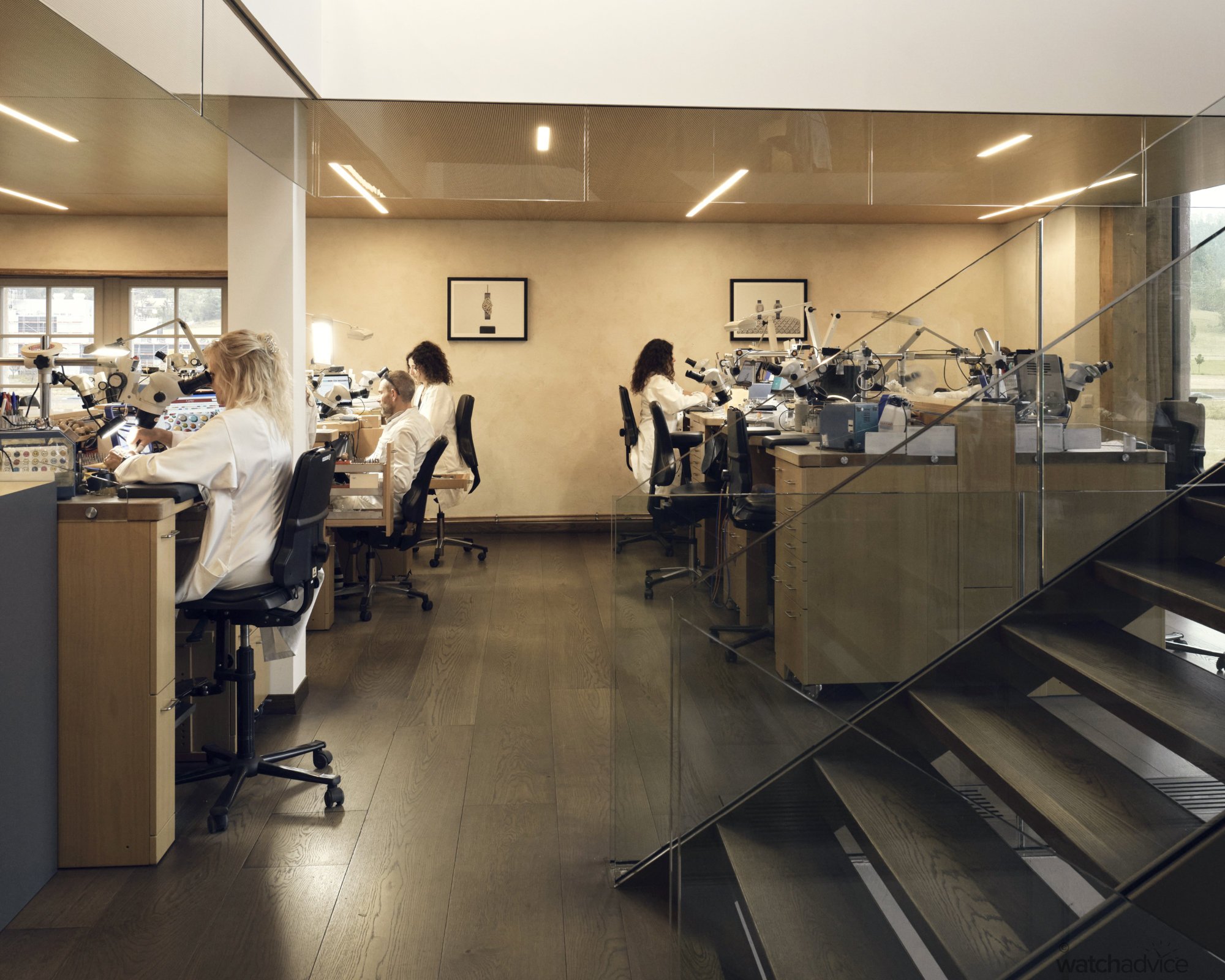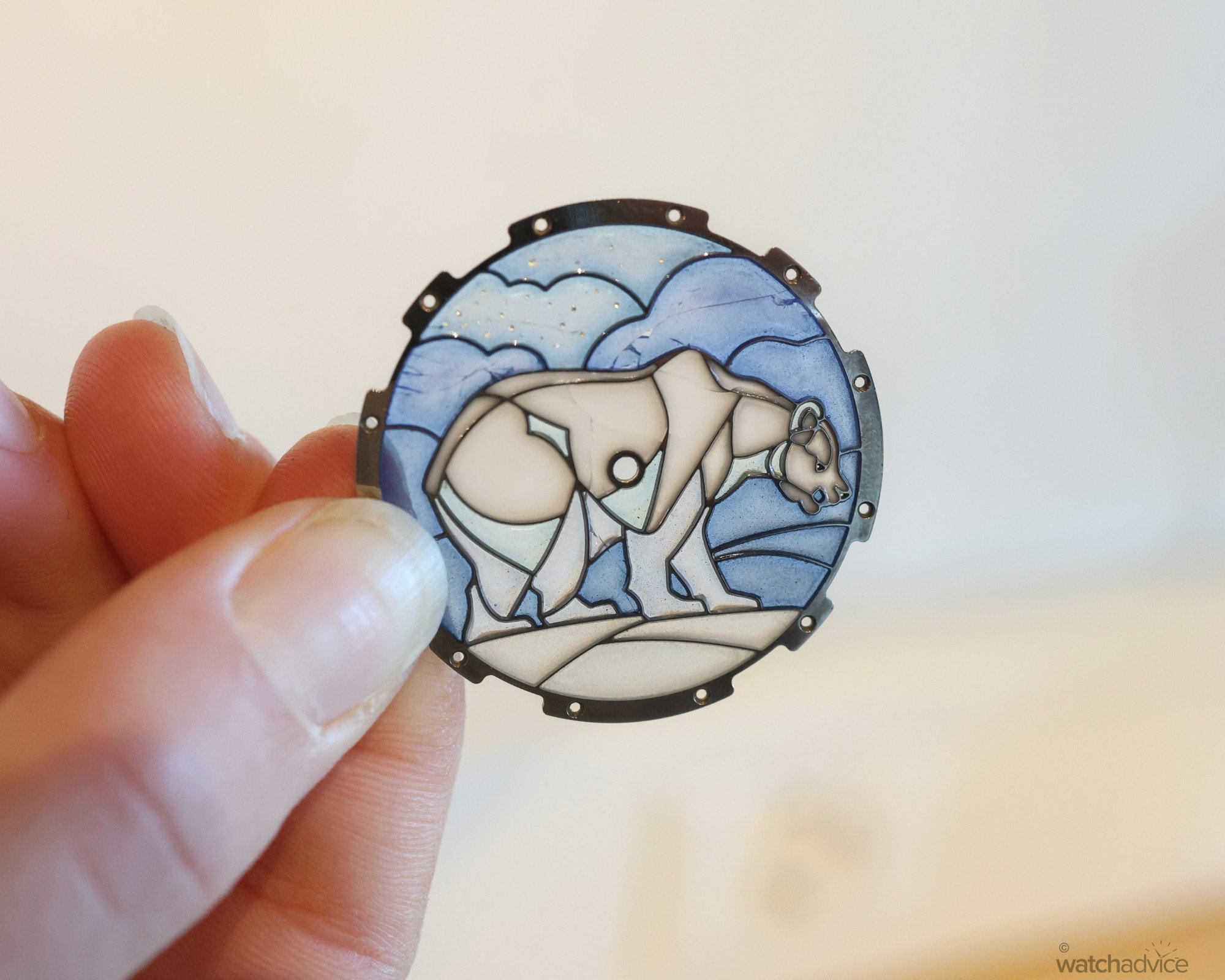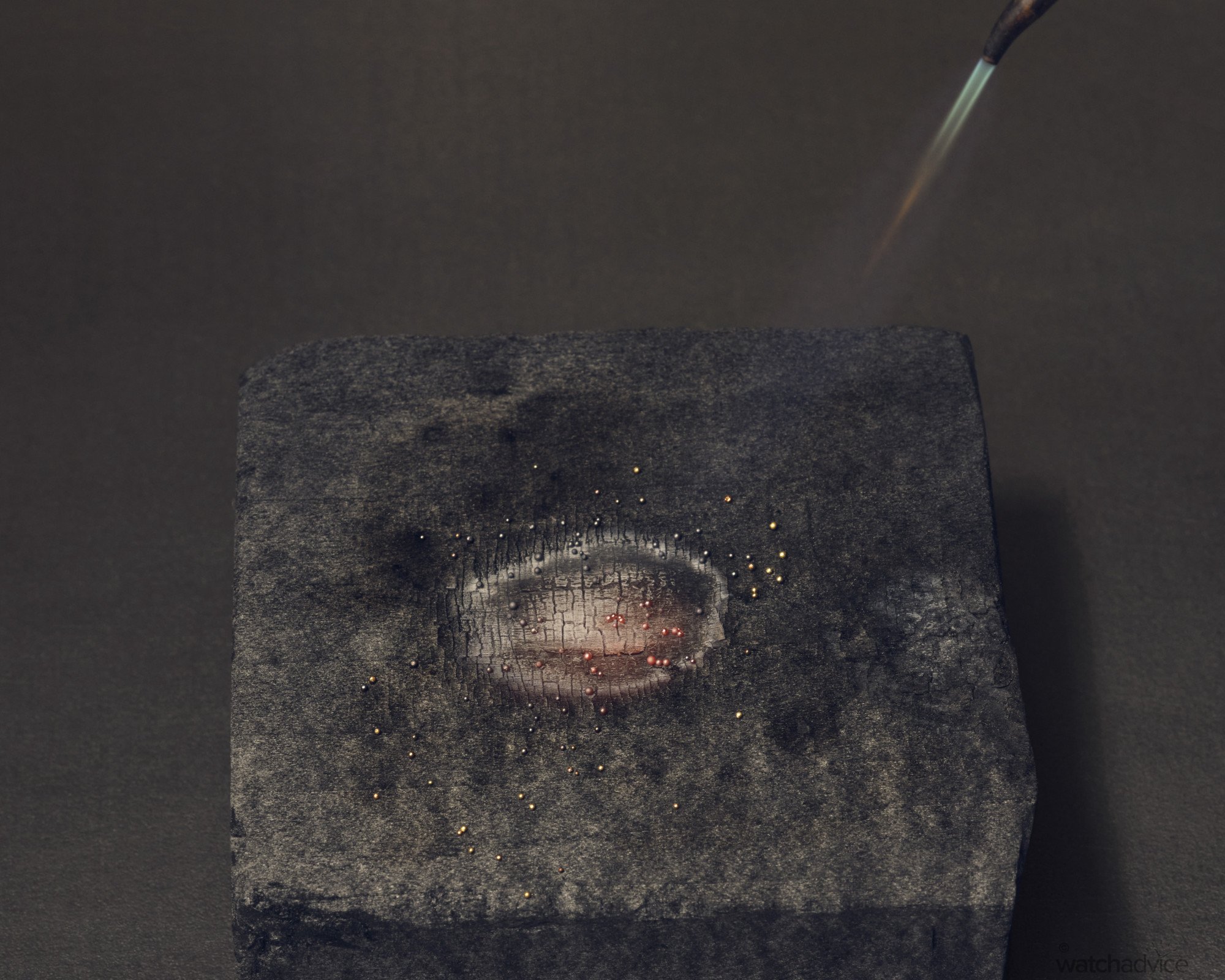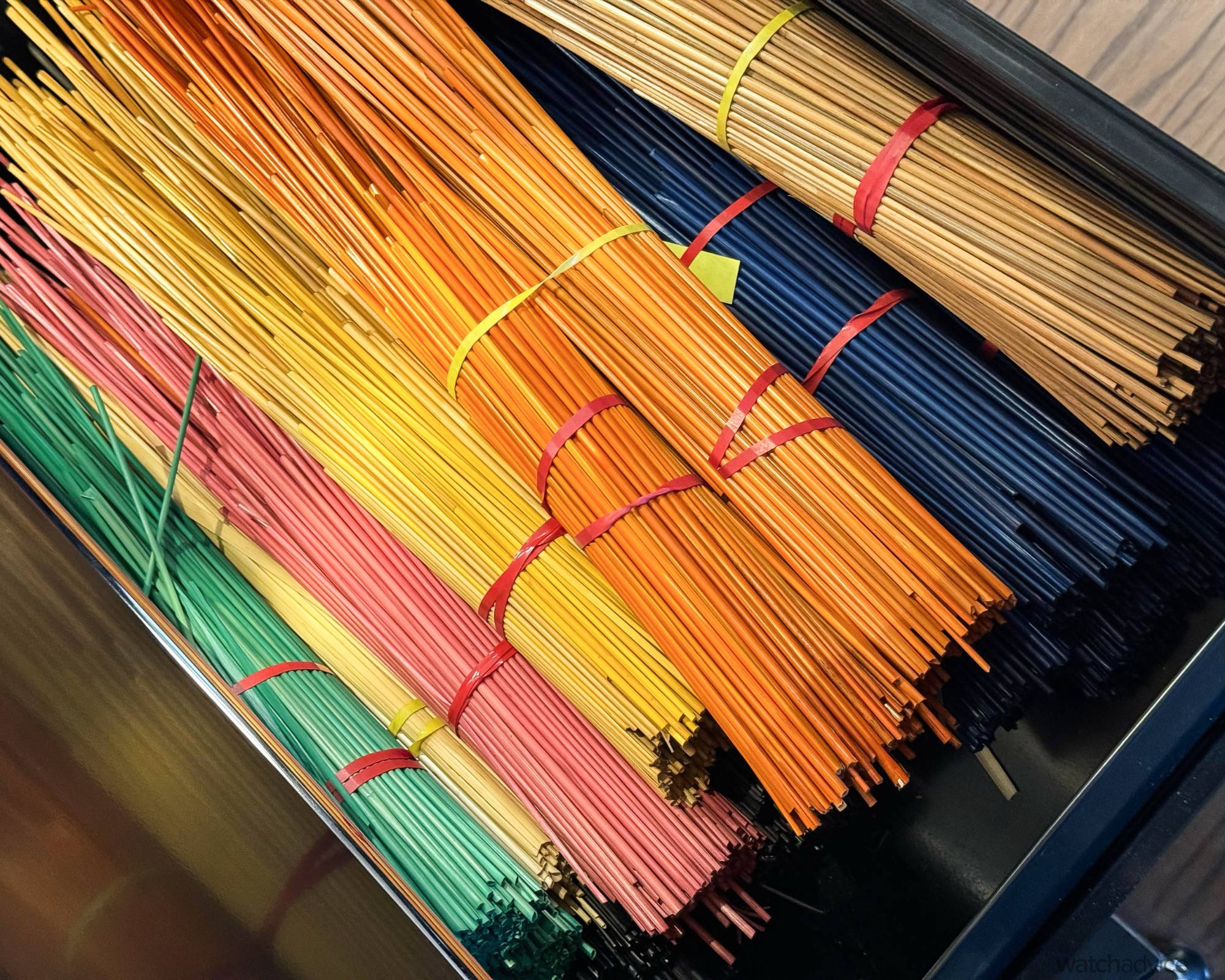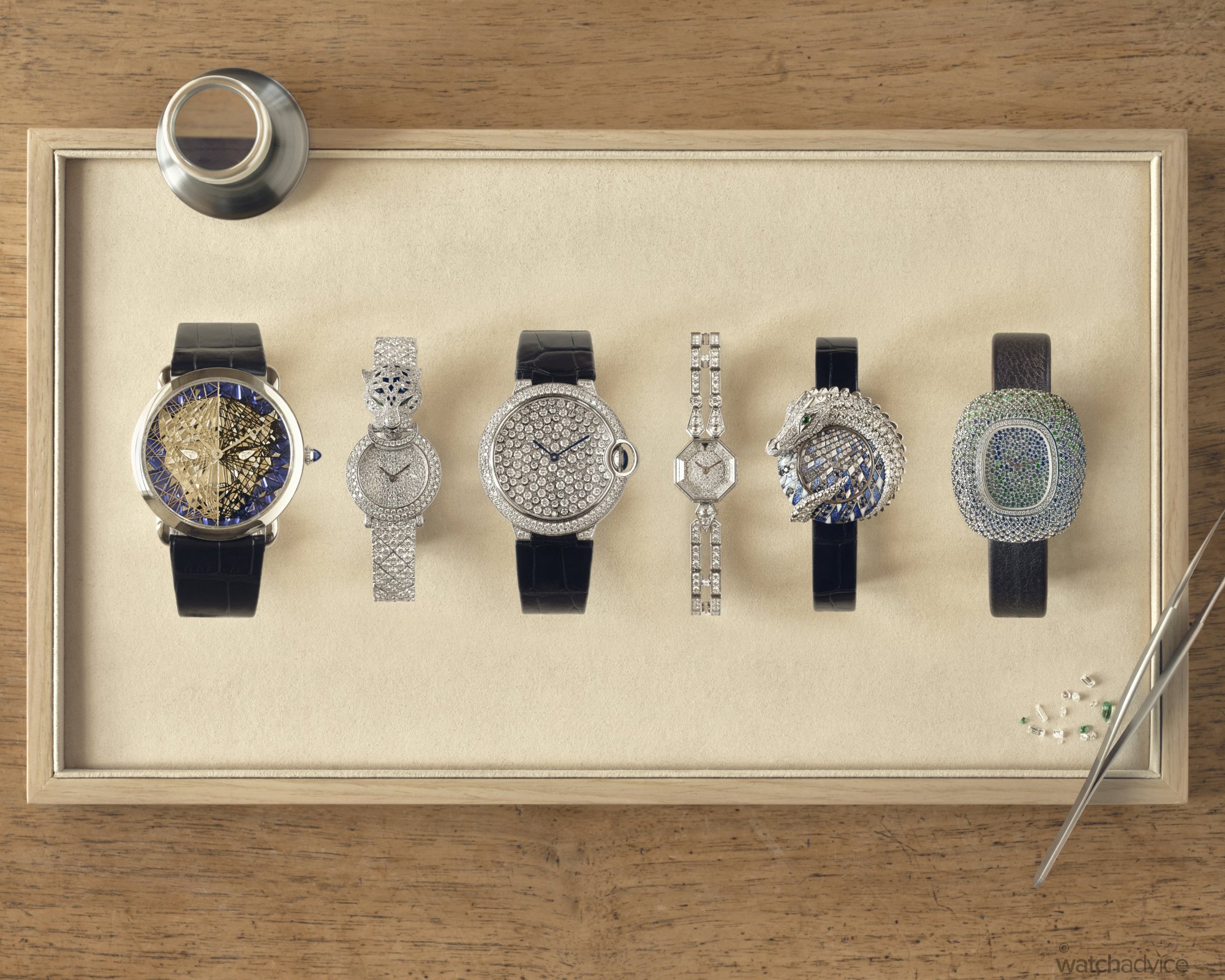Cartier celebrates 10 years of their Maison des Metiers D’Art, their high watchmaking division, and to celebrate with them, we toured the exclusive facility to get a rare behind-the-scenes look at how Cartier is keeping old-world traditions alive!
There are very few watch brands that are able to do high watchmaking well, and even fewer that can blend this with high-jewellery, but this is exactly what Cartier prides itself on, and through their Maison des Metiers D’Art, they are making sure old world artistic traditions are alive and well. When the Watch Advice team were in Switzerland earlier this year, we had the unique privilege of going behind the 17th-century walls of the Maison des Metiers D’Art to see how these exquisite pieces are made. What we discovered was eye-opening, as some of the artistry and techniques mastered by the artisans who work there have been passed down through the generations, and the detail that is achieved, all by the hand and eye, is amazing!
A Bit Of History
Before we get into the Maison des Metiers D’Art, it might be worthwhile looking at where this started and why Cartier put so much effort into bringing this facility to life. The Maison des Métiers d’Art was founded in 2014 by Cartier in an effort to preserve the traditional ways of both watchmaking and the artistic work that went into these creative pieces, and to bring both watchmaking and jewellery together. Some of this expertise has been handed down through generations of artisans, and with modern life becoming more and more industrialised and automated, handcraft skills were being threatened. In luxury watchmaking, you often hear that only a handful of people can do a particular artistic endeavour on a watch, or in some cases, one person. Why? Because, quite often it is a dying art, and Cartier, in their wisdom, has made an effort to help preserve these skills and make sure they flourish now and into the future.
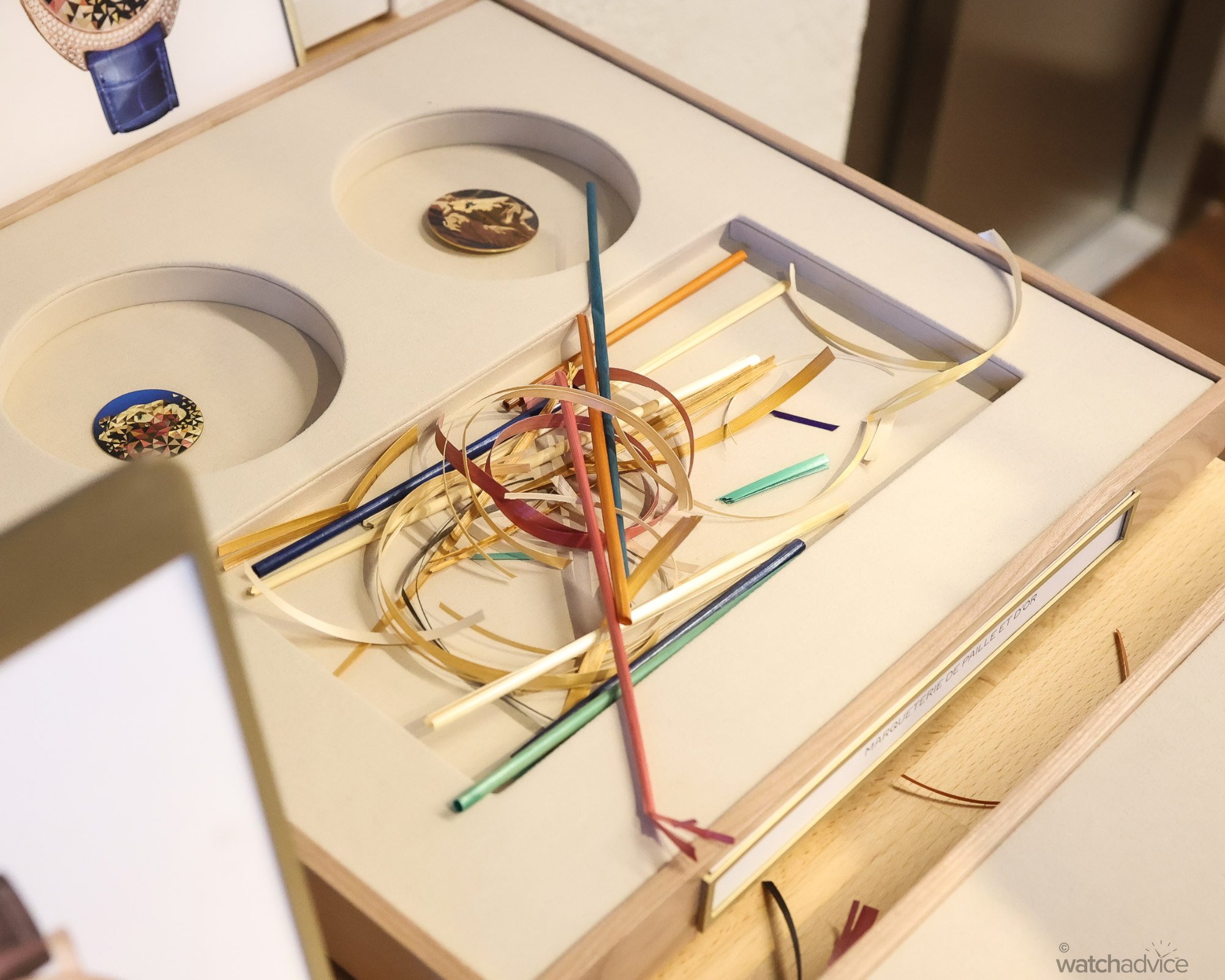
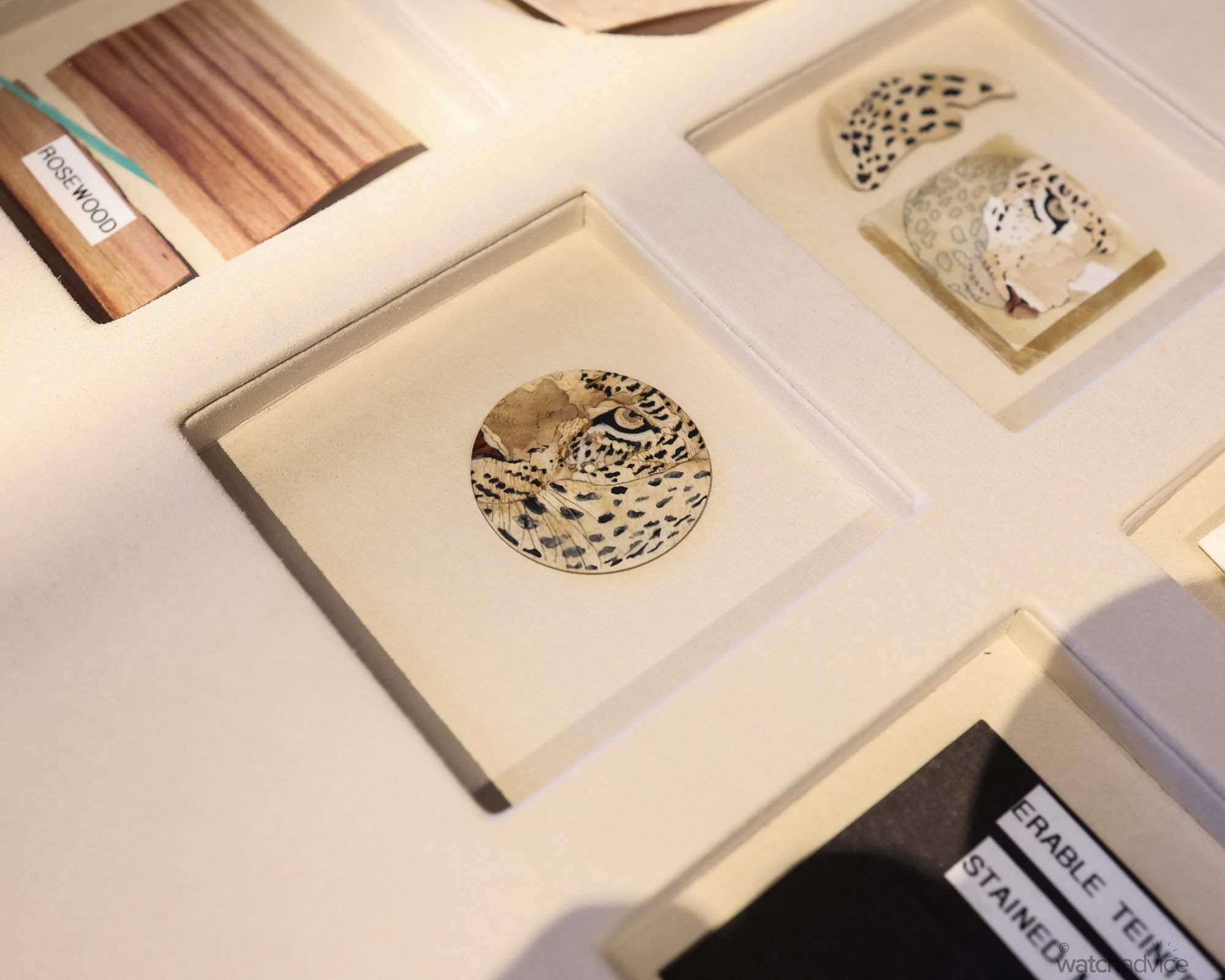
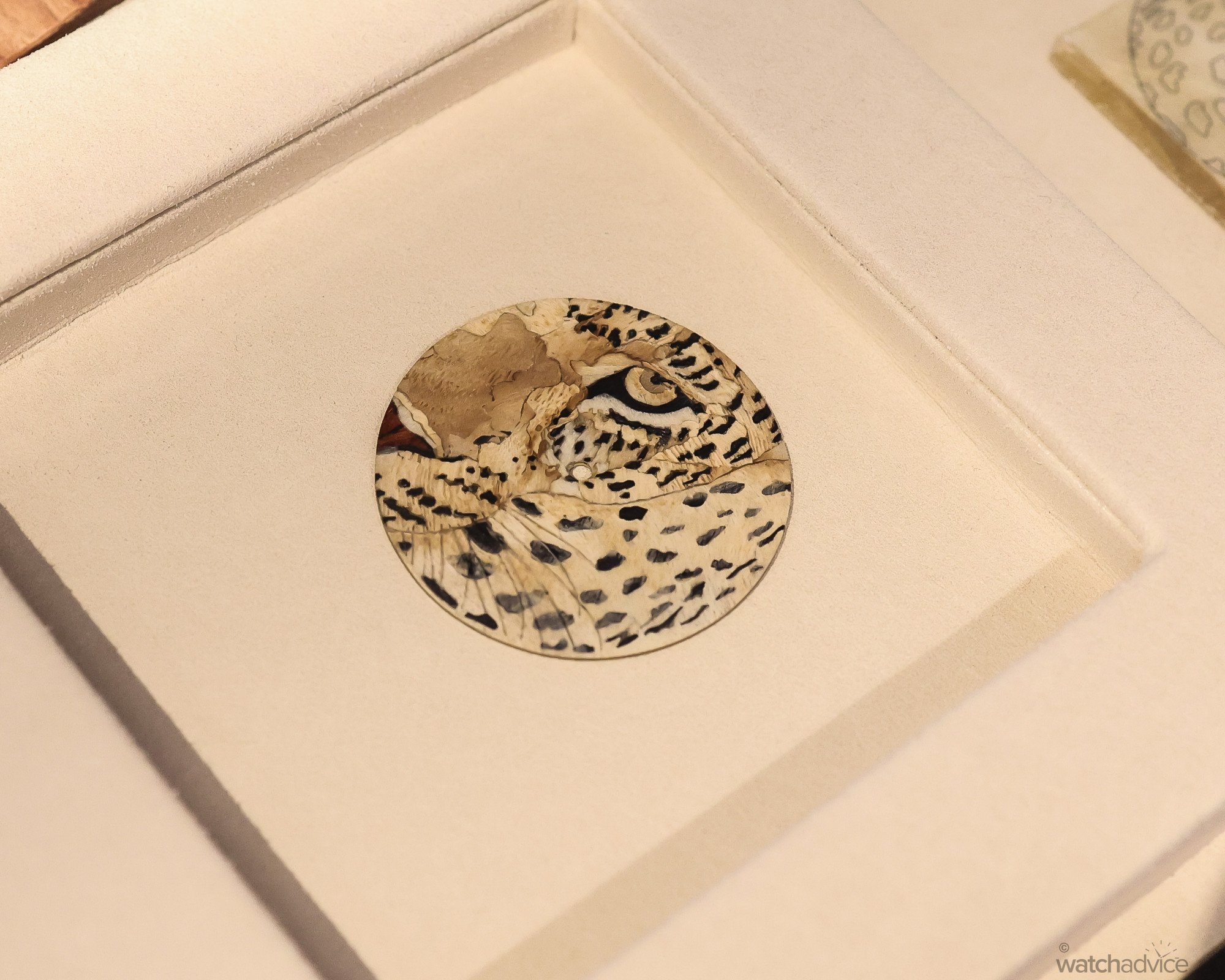
The Maison des Metiers D’Art is not far, in fact just a short few-minute walk from the main Manufacture in La Chaux-de-Fonds in the Caton of Neuchâtel in Switzerland. Set in a picturesque area, surrounded by green rolling hills and farmland, it’s a serene part of the world, the views out of every window makes you feel a million miles away, especially if you live in the hustle of a large metro area.
The actual building itself is a 17th-century Bernese-style farmhouse, and Cartier acquired it in 2011, and set about to both restore the building, but also combine the historic nature of the farmhouse with a modern touch. The result is a beautiful paradox of old and new, which is also a reflection of the crafts practised inside – old-world skills meet the modern world of watchmaking. The interior of the building uses elements salvaged from a number of farmhouses in the region and from the cantons of Neuchâtel and Bern (wood panelling, stone floors, doors, fireplace, etc.). These historical elements have then been fused with modern architecture inside to allow the workflows to operate more efficiently, and the people who work there the ability to collaborate and work more closely with other team members.
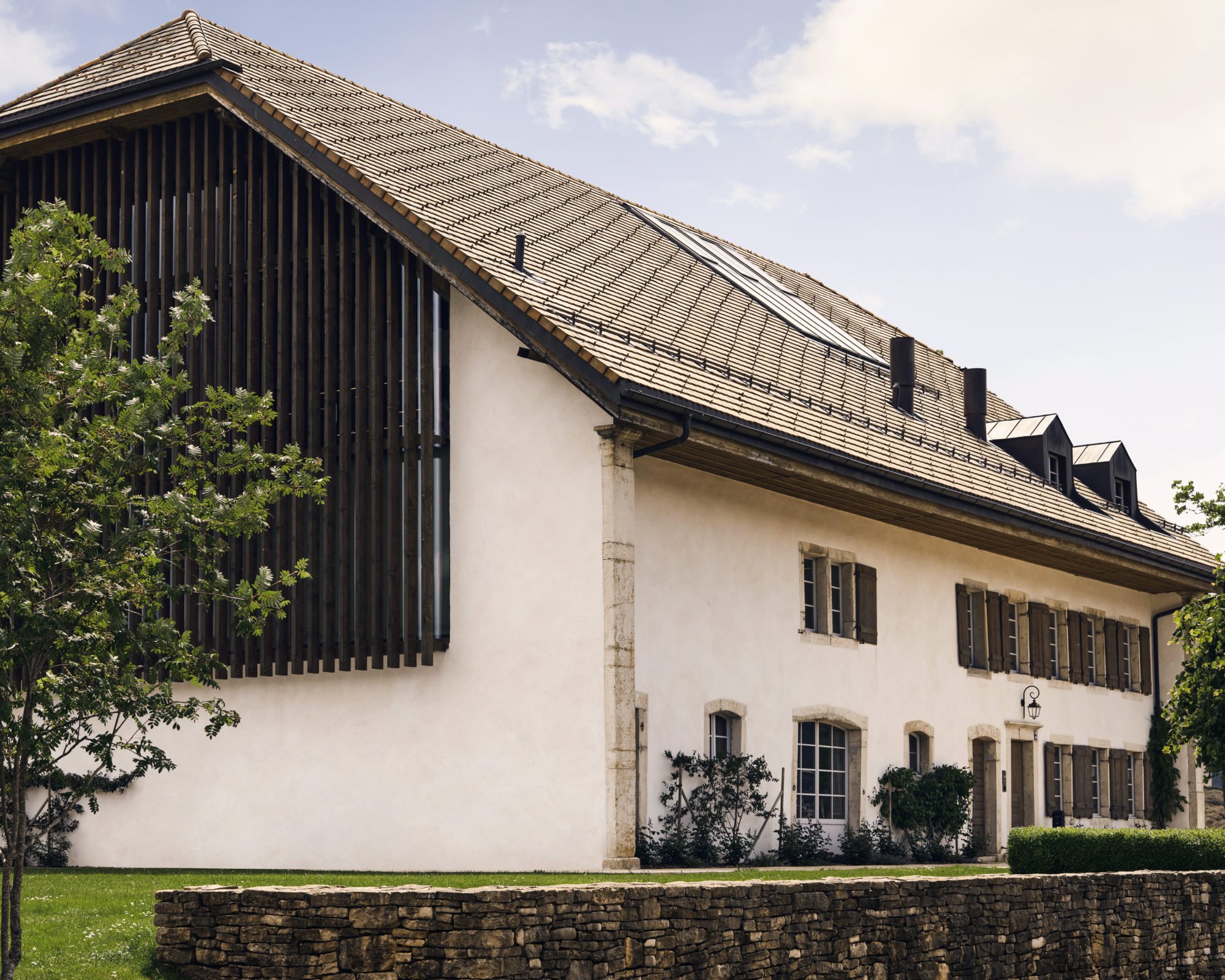


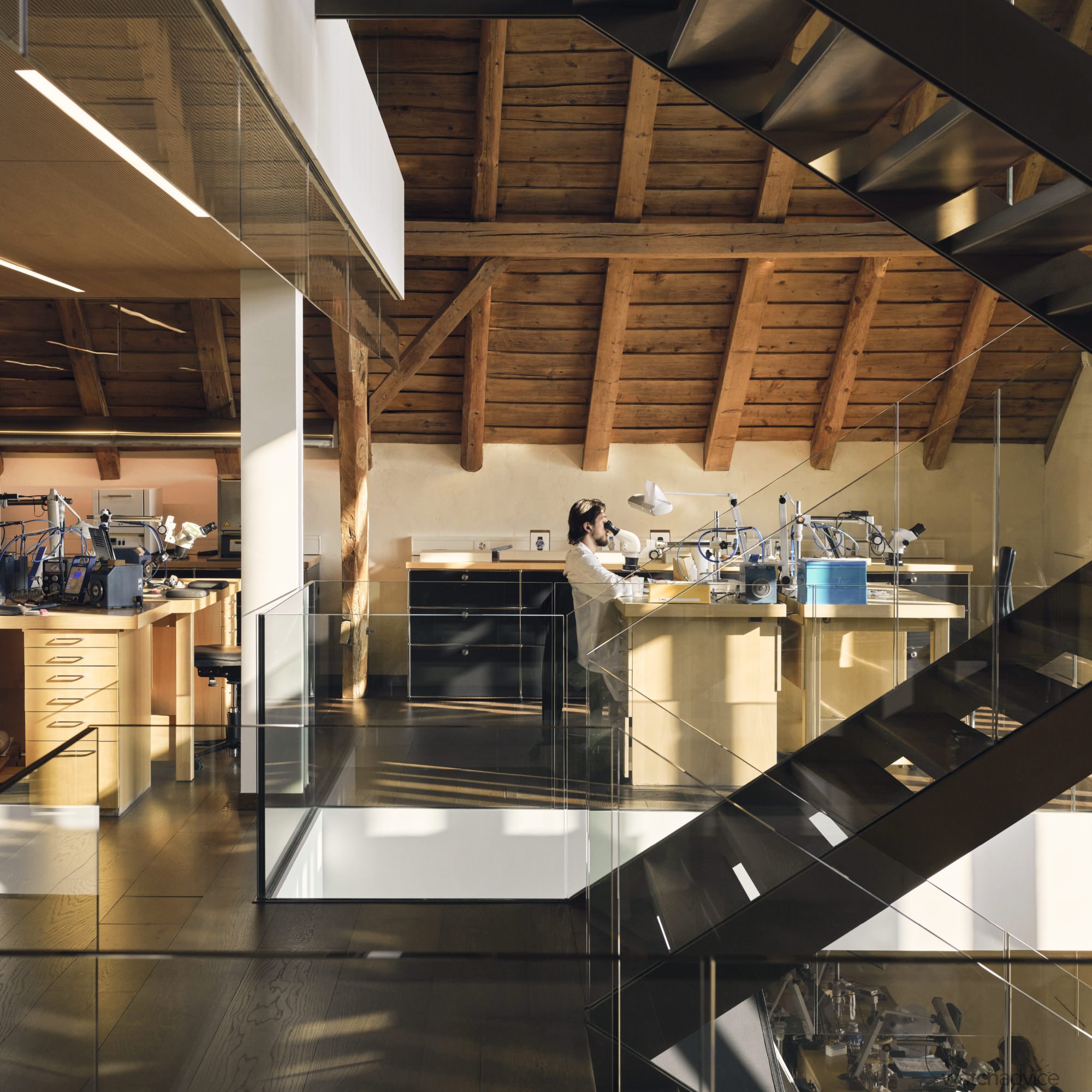
With around 50 employees at the Maison des Metiers D’Art, this interior design philosophy was important when conceptualizing how the Maison would operate. As a result of this flow and workspace arrangement, this has allowed the employees here to collaborate, and as of today, create and design over thirty patents.
RELATED READING: A Look Into How Cartier Creates Its Iconic Pieces
Our Experience
When we visited the Cartier Manufacture back in April, we were not sure what to expect, as every Manufacture is different. The layout, architecture, how modern it is, the flow and the feel are all very unique to each brand. In the case of Cartier, it has grown over the years and evolved, but as a place of work – designing, creating and crafting timepieces, less so as a watch tourist attraction, one reason that Cartier now restricts the number of visitors to their Manufacture in La Chaux-de-Fonds. While the main building is massive to accommodate all the employees and machines to make the watches, blending modern automation with manual craftsmanship, the Maison des Metiers D’Art is a direct contrast to this. It is a much smaller and more intimate space. When you step inside, it is like stepping back in time to when the watchmaking industry was just a cottage industry. You could imagine people sitting by the window in winter, working on a movement or case on a wooden workbench which is exactly how this wonderful industry all started.
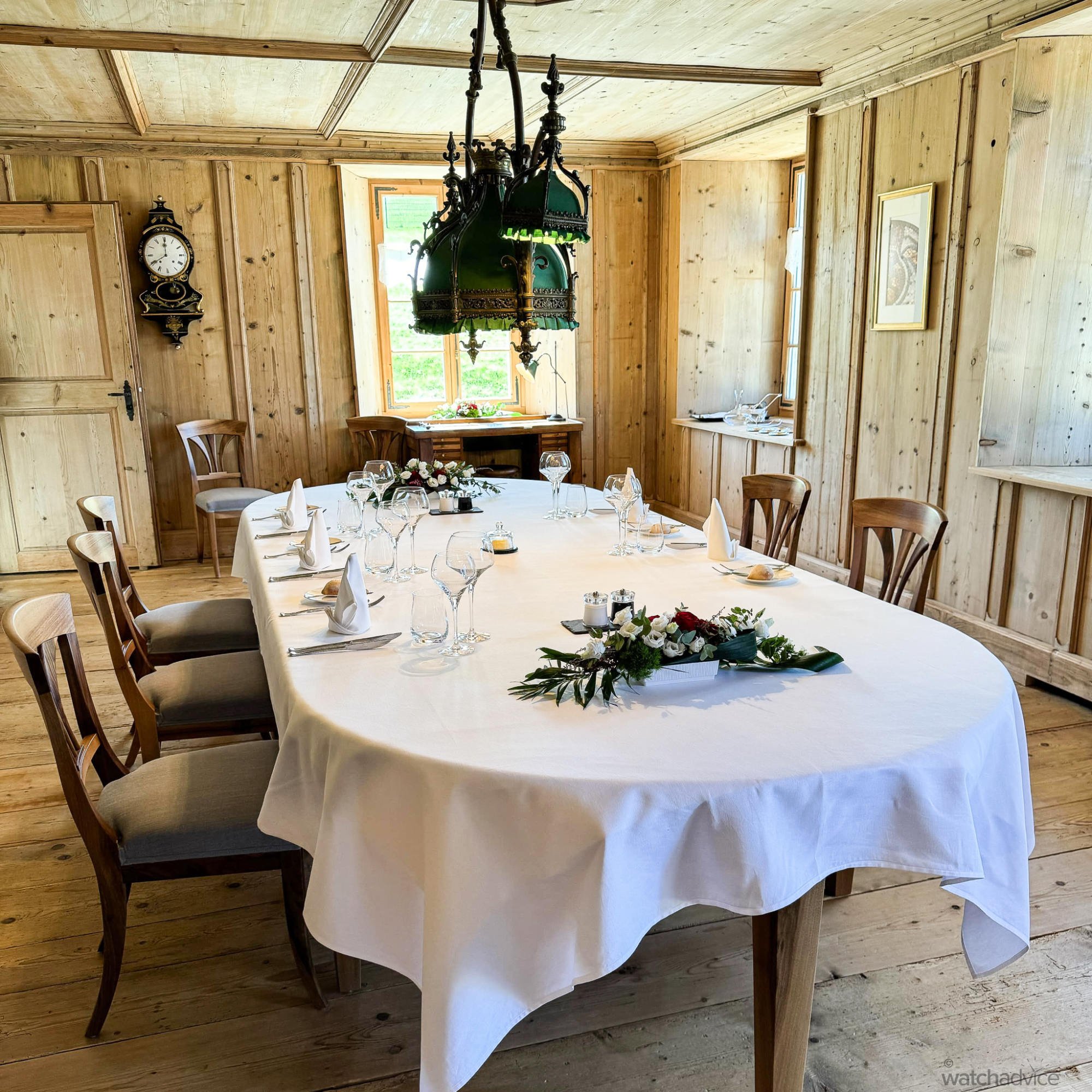
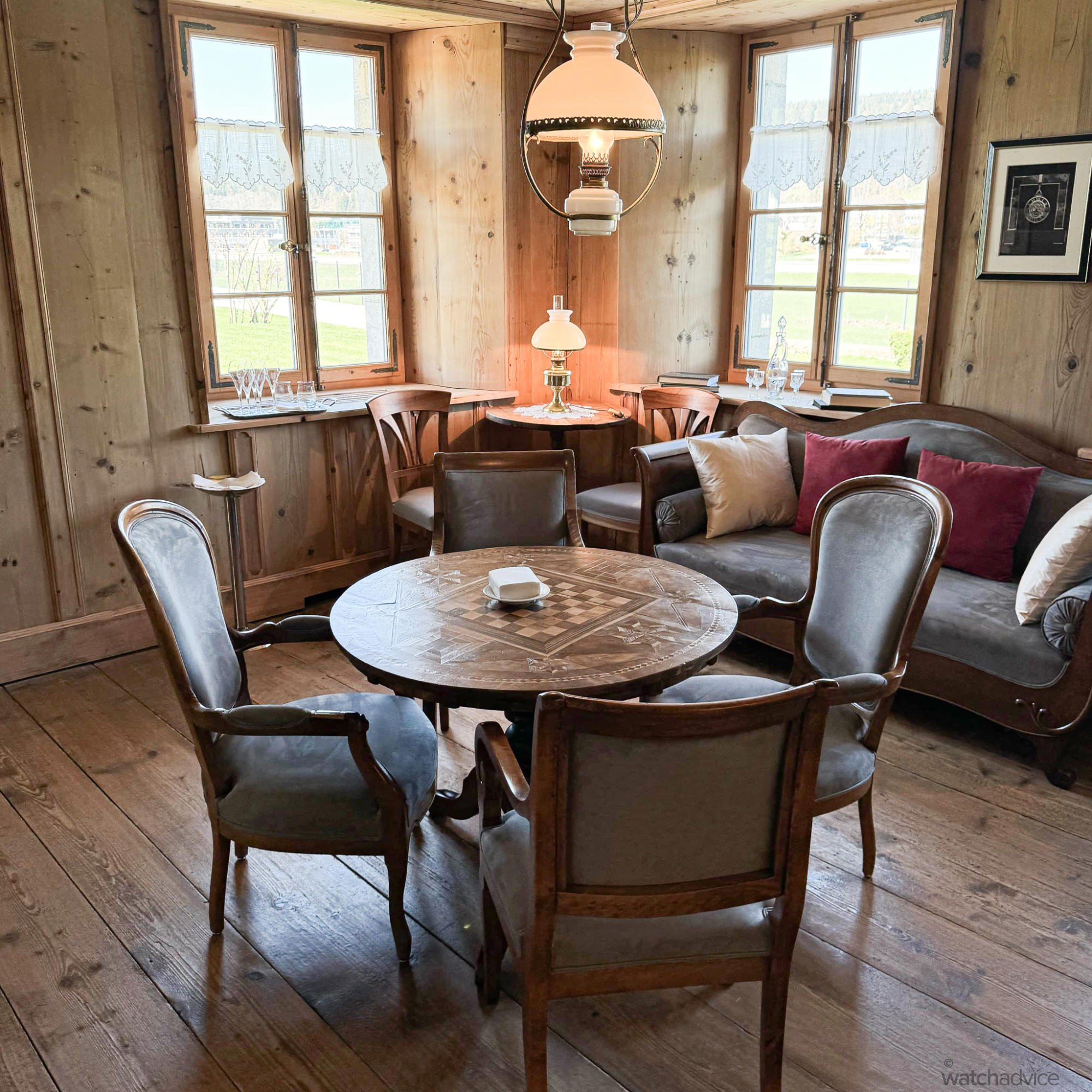
Being able to get a tour inside the Maison des Metiers D’Art was a privilege and to see some of Cartier’s iconic pieces being worked on up close really puts into perspective how hard some of these pieces are to do, but also, just how skilled the people who work here actually are. From master gem setters, who work on Jewellery pieces, like La Panthère de Cartier – a piece that is fully diamond set with a Panther’s head carved and shaped, and then diamond set under a microscope to ensure each gem is perfect, to the artists who do the Filagree, an old goldsmith technique that is delicate and precise and requires an ultra steady hand!
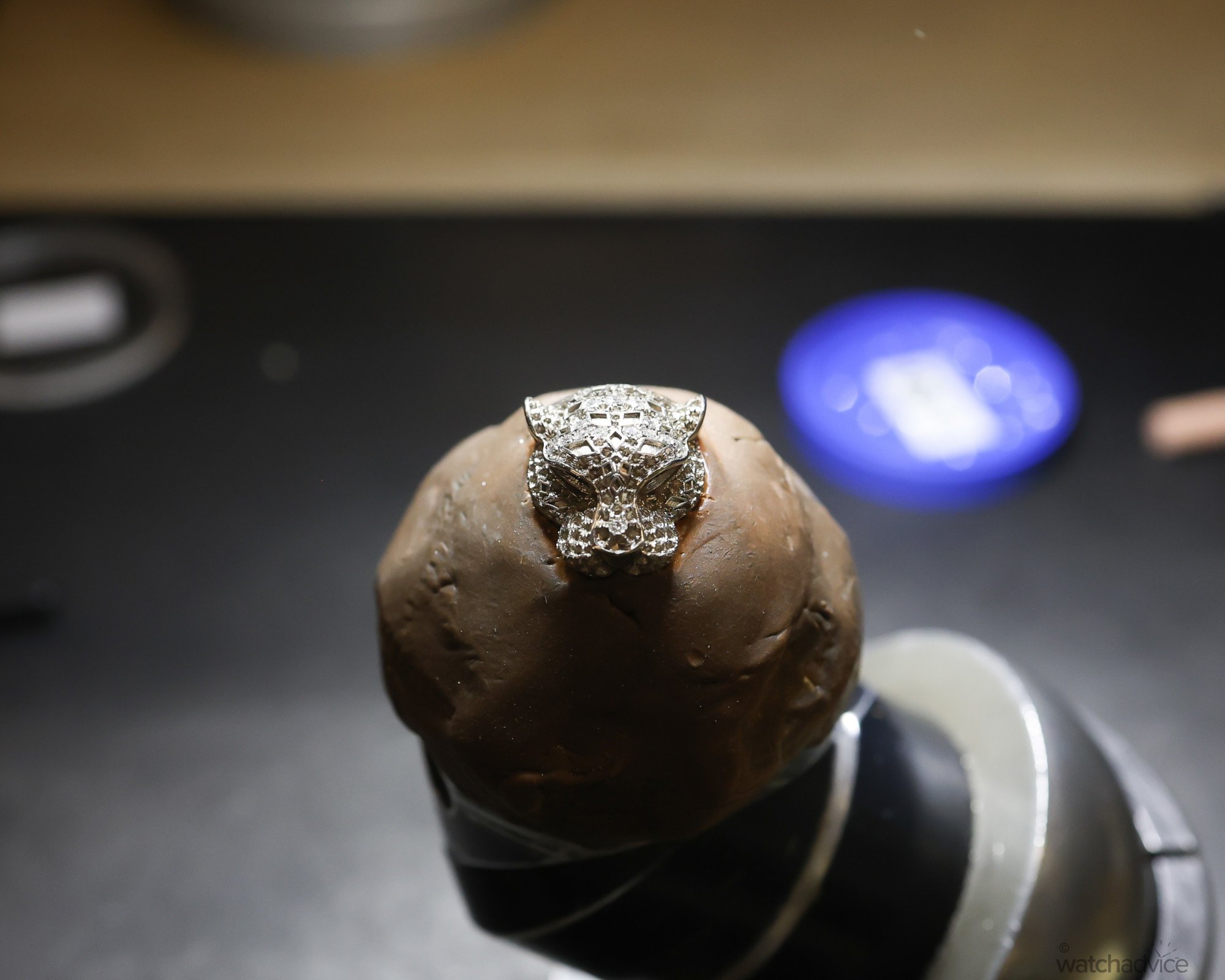
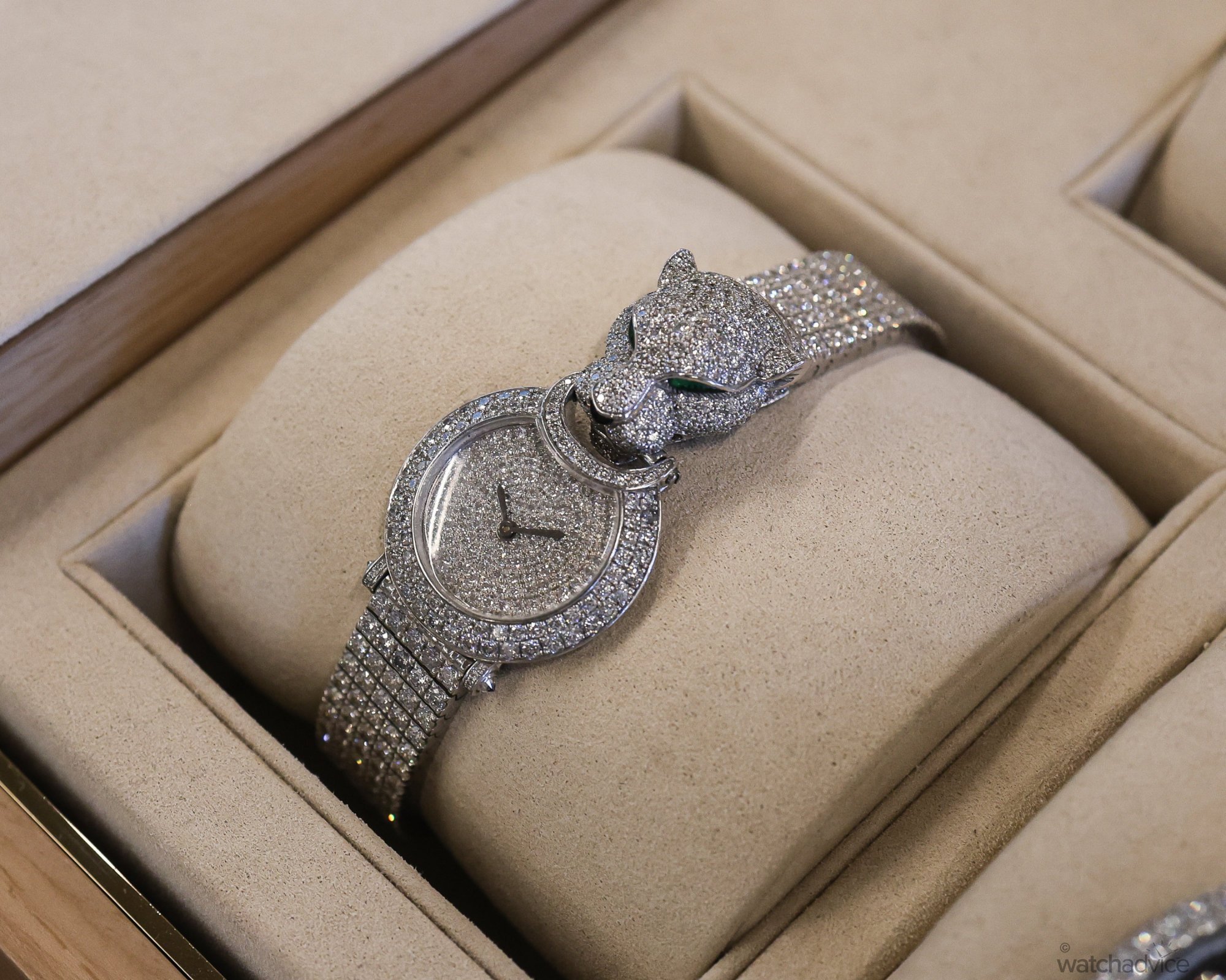
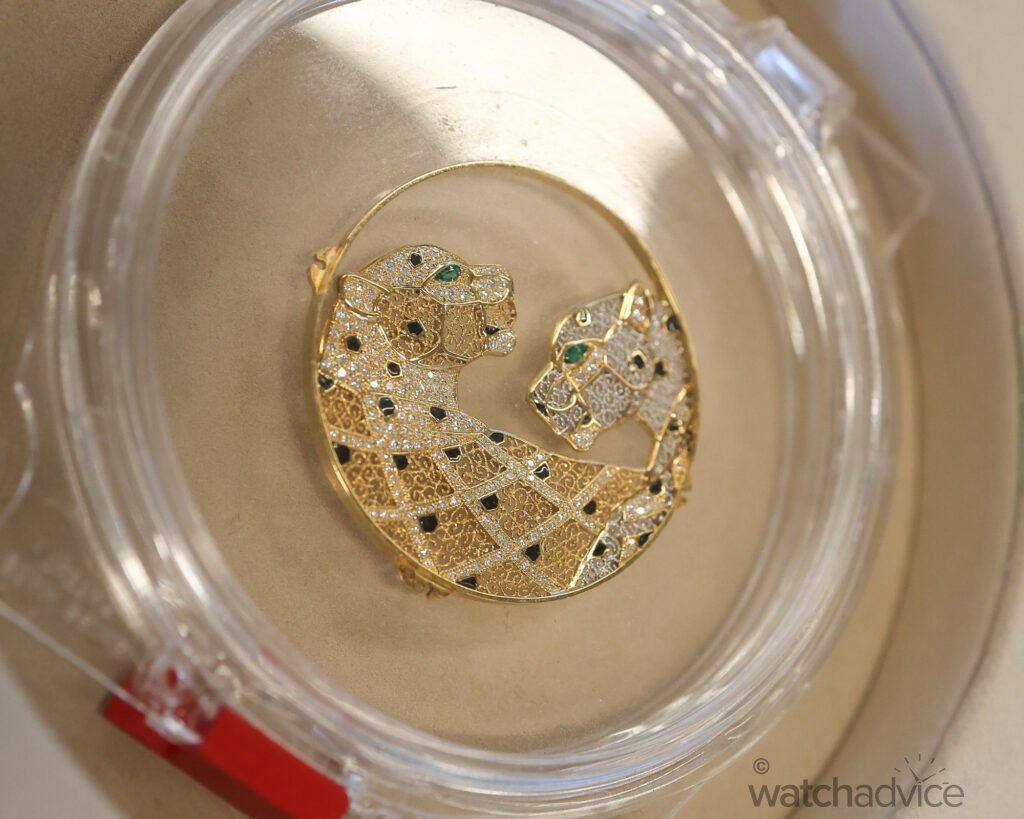
Filagree
The incredibly hard technique of Filigree is used on the Ronde Louis Cartier Panthères Watch from 2015. Filigree is a goldsmithing technique that fuses together gold or silver wires to produce an openwork grid, bearing the desired motif, and is not an easy technique to master. It requires a very steady hand and eye for detail due to the super-delicate nature of the designs and structure.
The Art Of Fire – Enamelling & Granulation
Enamelling is another technique that while many other brands in the watch world still use today, few have mastered the art of so many styles and techniques when it comes to enamel artistry. Until we visited the Maison des Metiers D’Art, I personally didn’t have as much an appreciation for enamelling as I perhaps should have, nor did I think there were actually so many different styles and techniques. Cartier, as mentioned will work with many types of enamel, such as painted, cloisonné, champlevé, grisaille, grisaille gold paste or plique-à-jour enamel, and all produce such different results.
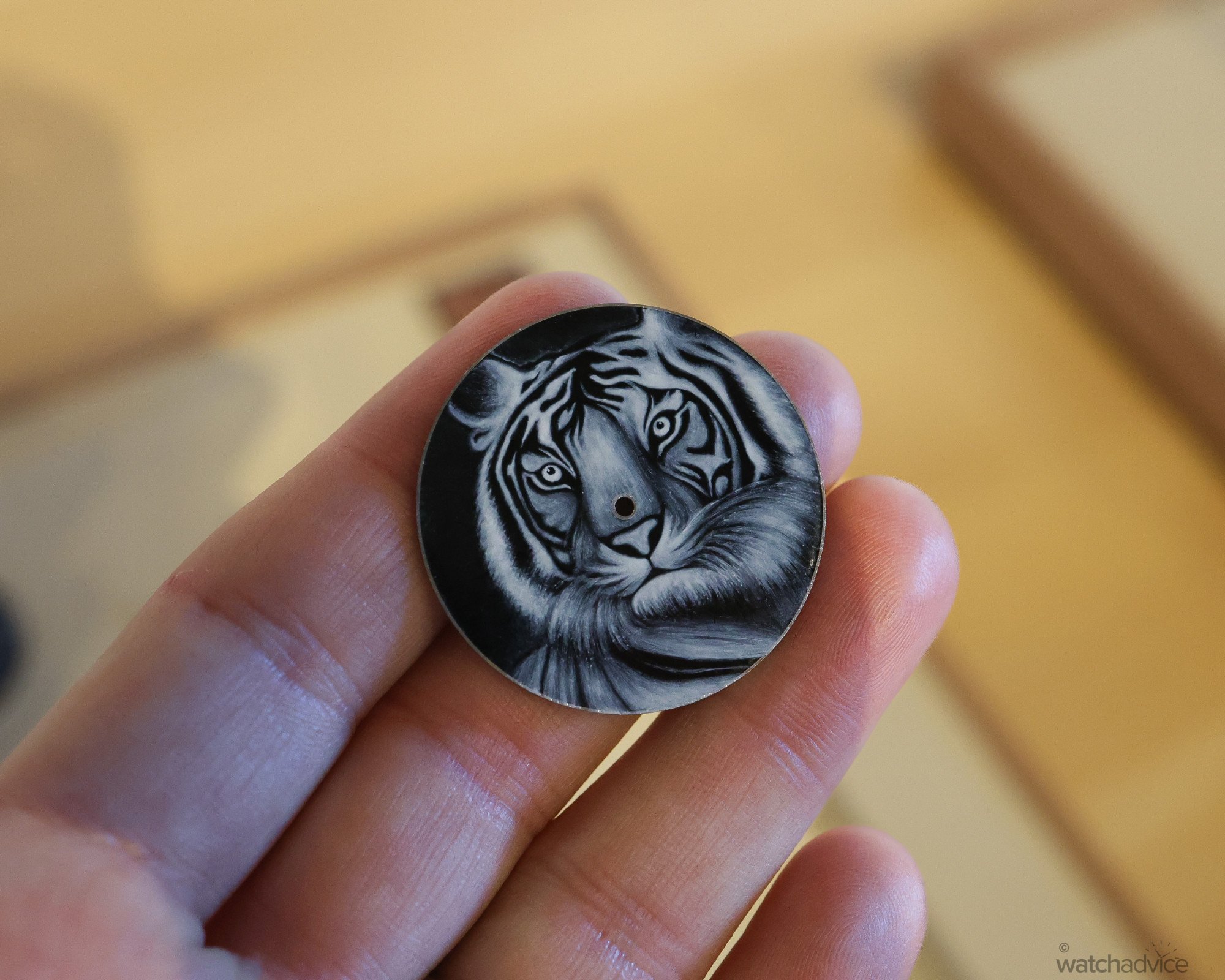
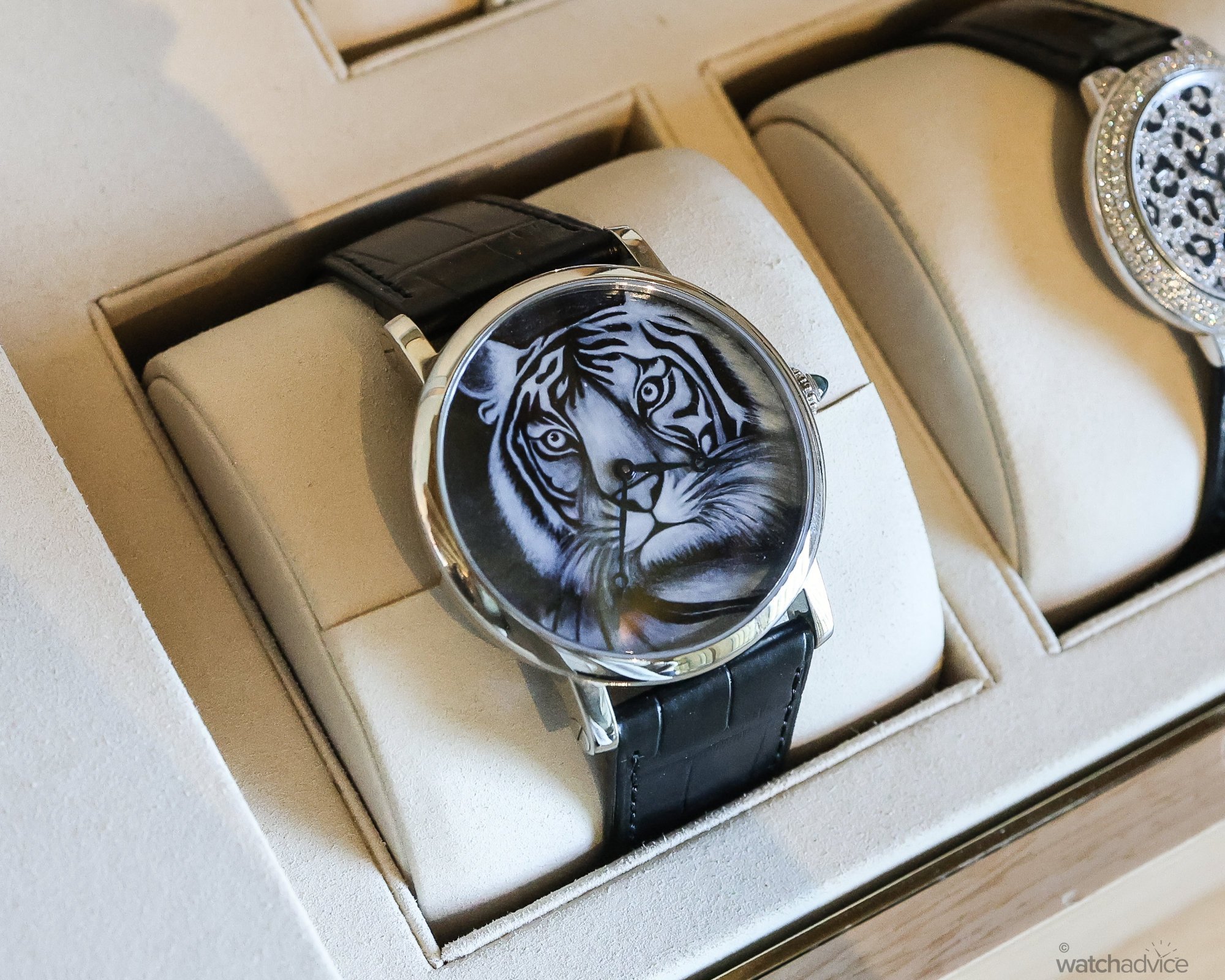
The example of the enamel tiger above is done through a technique called Grisaille, which was a technique developed in Limoges in the 16th century. The black or dark blue enamel is applied to the metallic base, and then white enamel is applied over the top with varying layers to create the desired depth and transparency. The result is a beautiful picture or work of art that has an almost 3D effect.
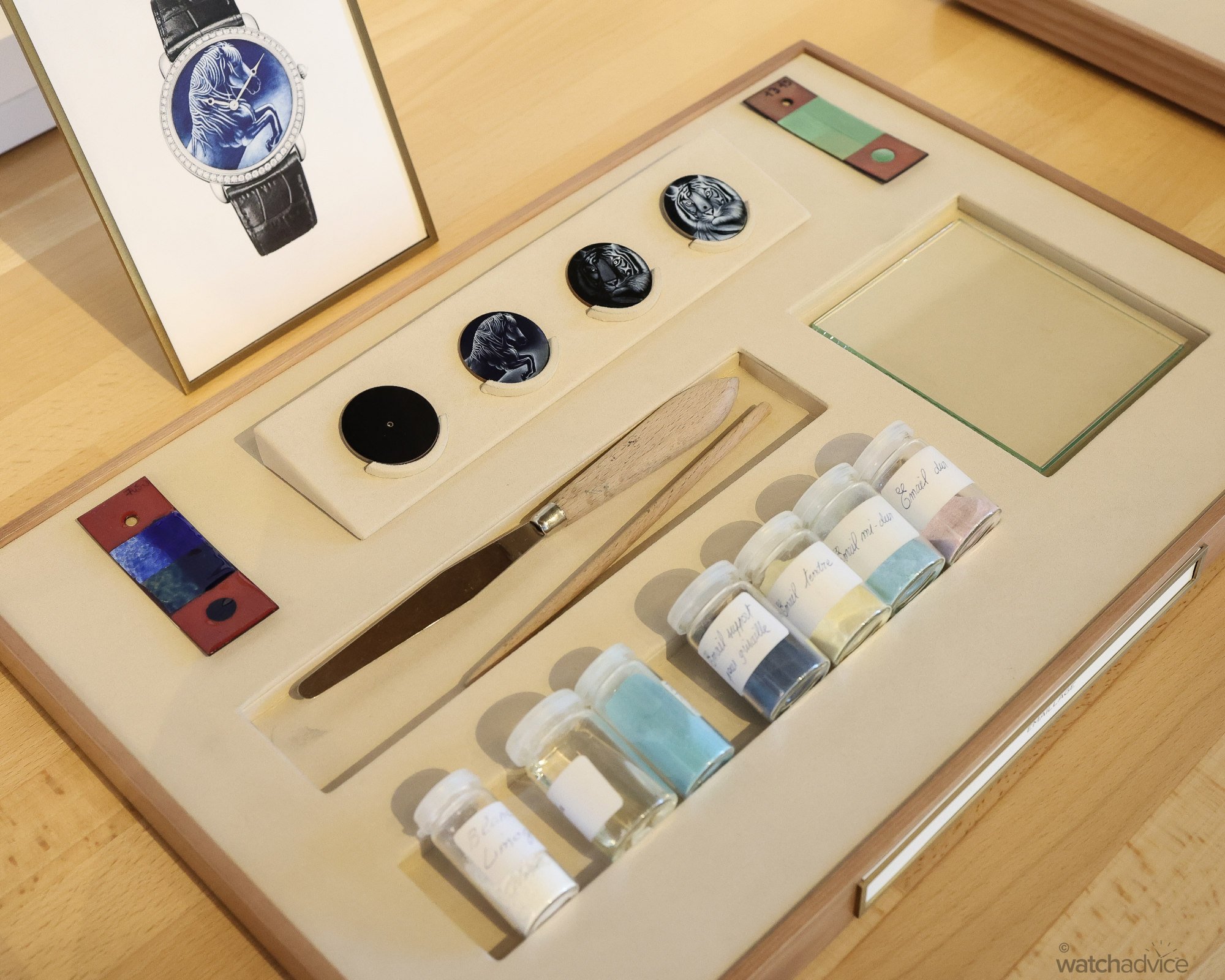
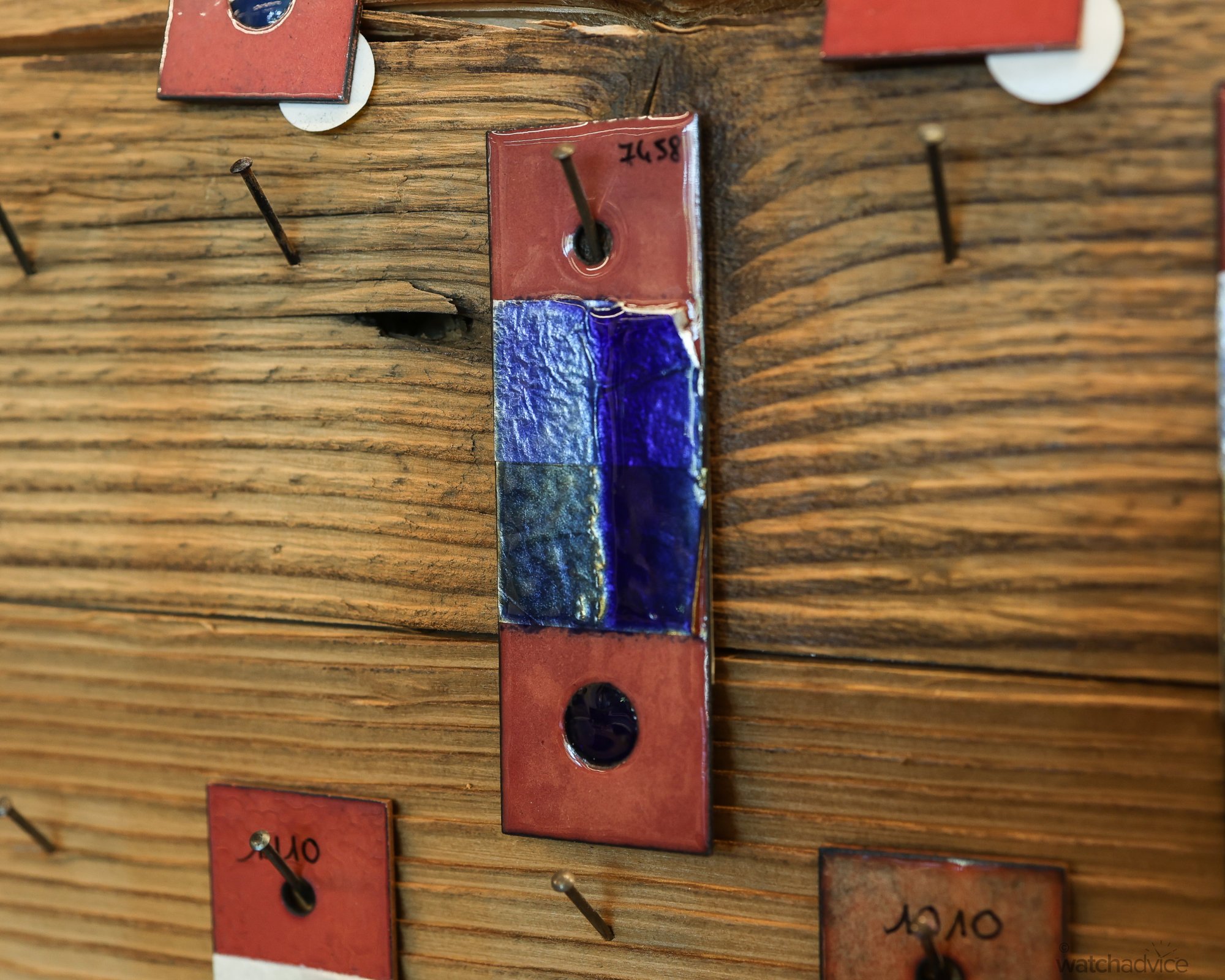
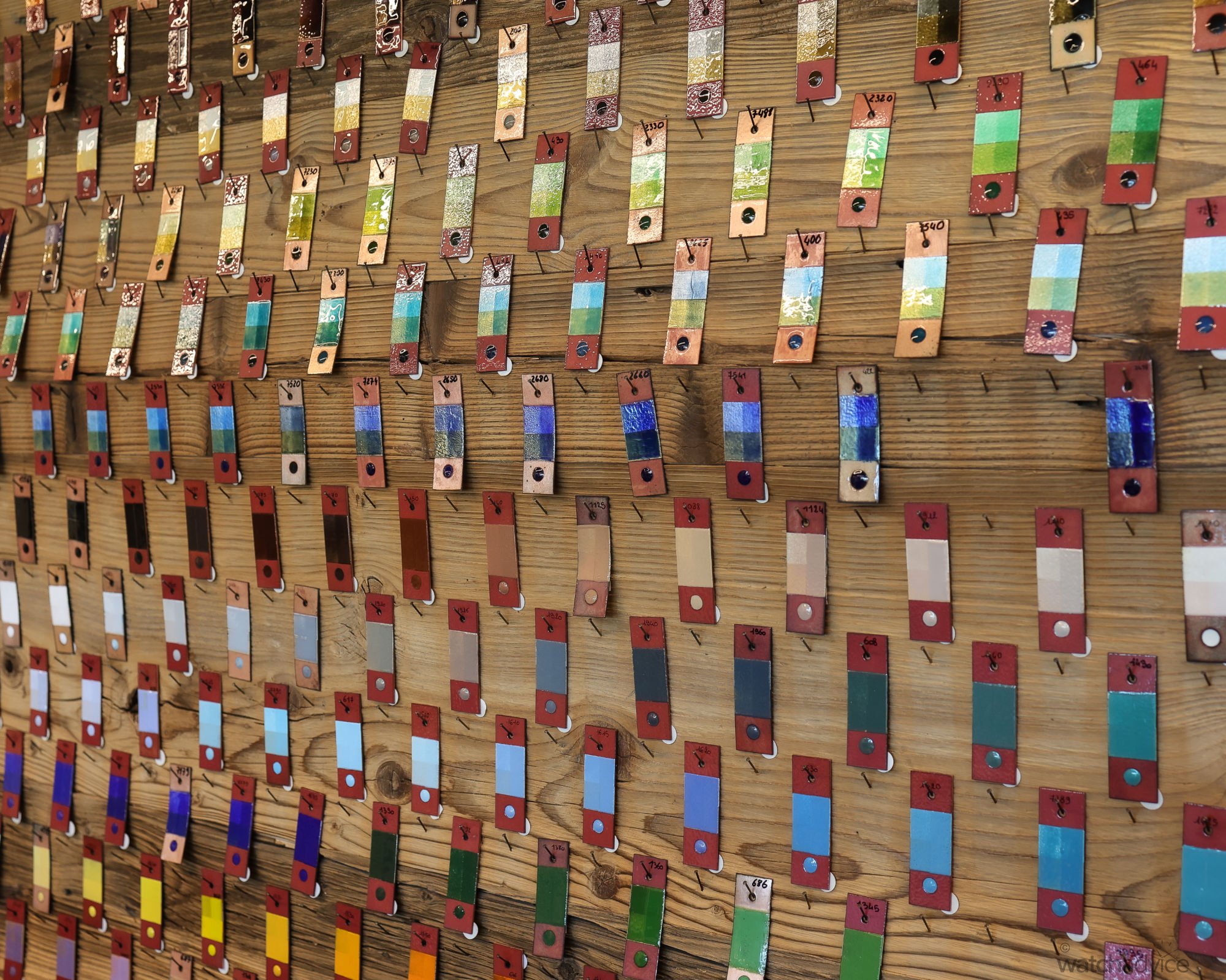
While we’re on the topic of enamel, one technique that is surprising, as it doesn’t look like enamel at all, is plique-à-jour. This technique is done by the artist applying super thin layers of translucent enamel in between the outlines, then fired after each layer to bring the colours out. It is a technical process, like all enamel techniques, and takes time to master and perfect, and then to create the actual piece itself due to the firing and cooling.
One other artisanal craft that we were able to see was the art of Granulation. This is where small beads are created out of gold and then placed and arranged to create the desired pattern, and depending on the alloy used with the gold, and the firing process, different colours can be created. Before the beads are placed on the dials, they are fired on a stone to create the desired sizes and colours, then cooled. These are then placed on the dial, and the example below shows this technique being used and combined with a base enamel to craft the head of the Panther in a before and after shot.
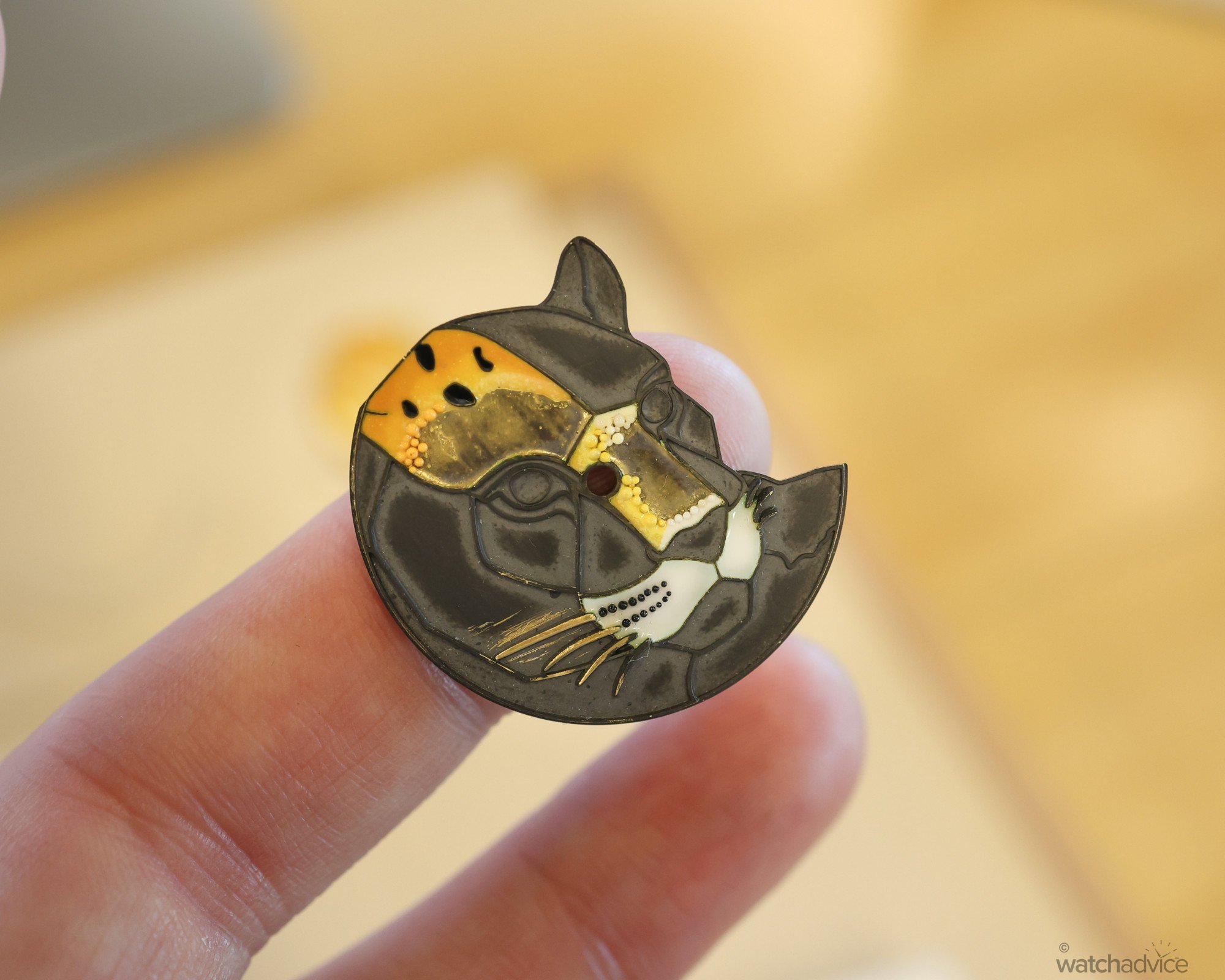
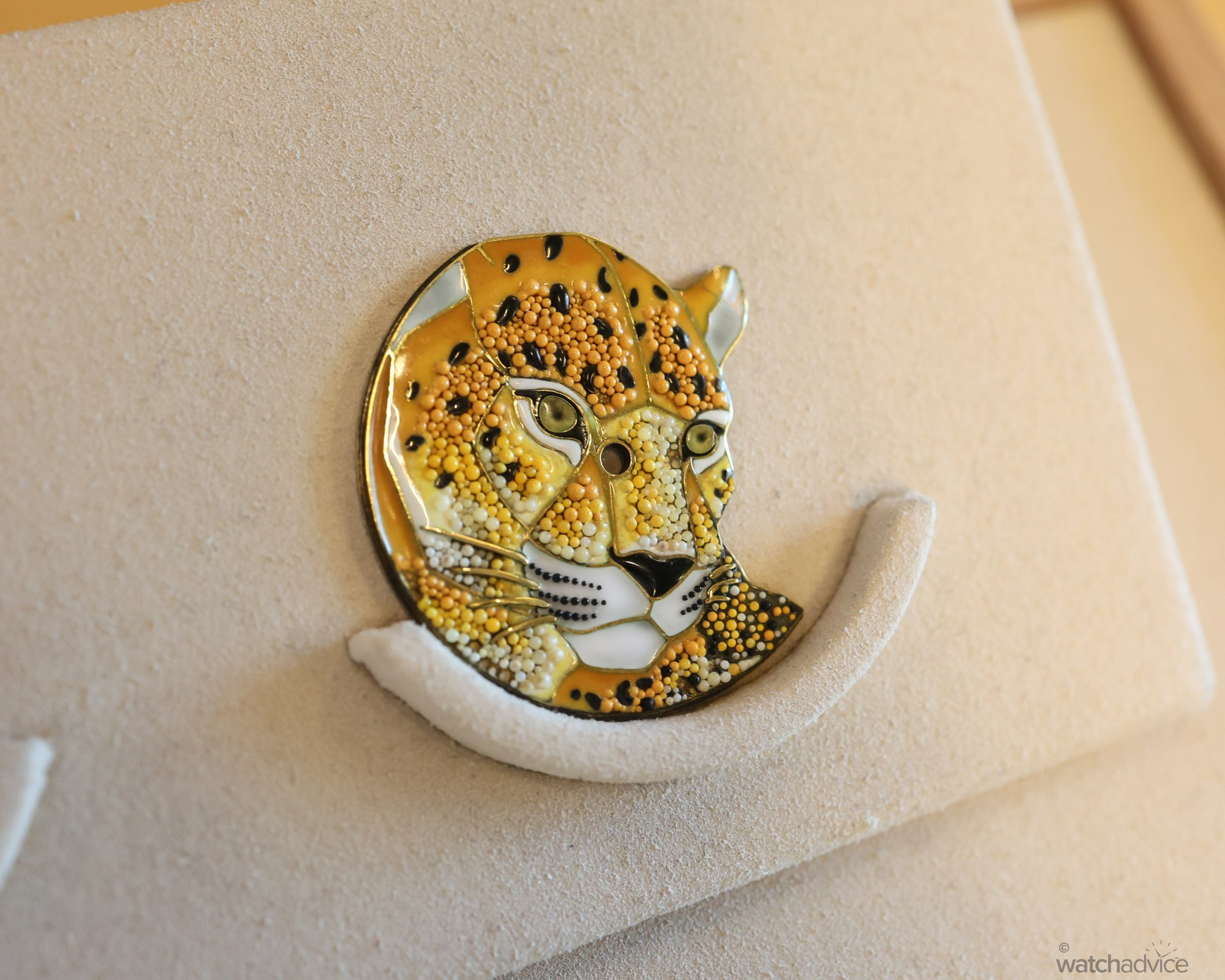
Marquetry
I mentioned straw marquetry towards the start of the article, and this is one artistic technique that you need to see to understand the complexity and genius that this art is. Creating intricate pictures and patterns on the dials from very thin layers of different coloured pieces of straw. It’s an art that dates back several hundred years, and still practiced today at the Maison des Metiers D’Art.
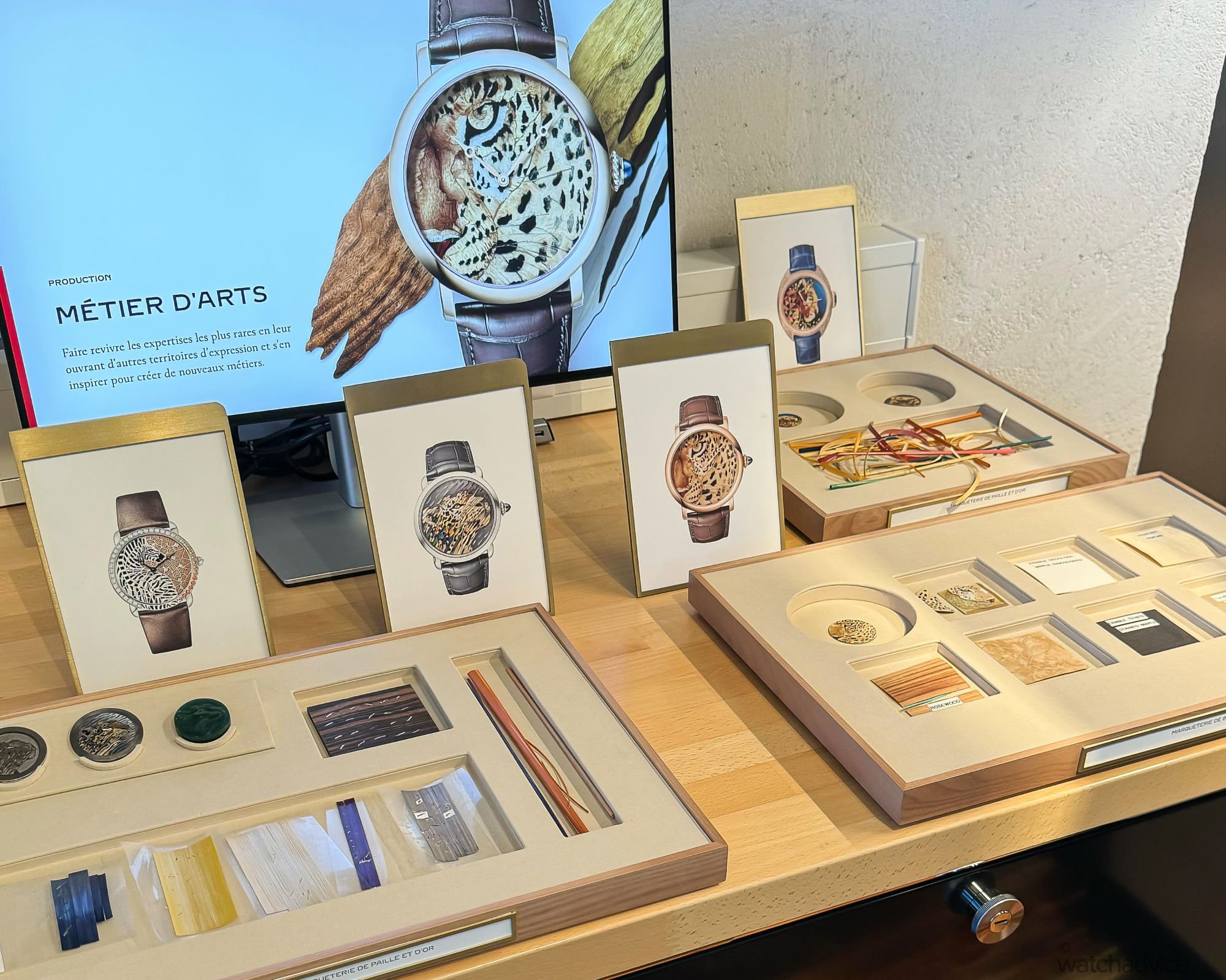
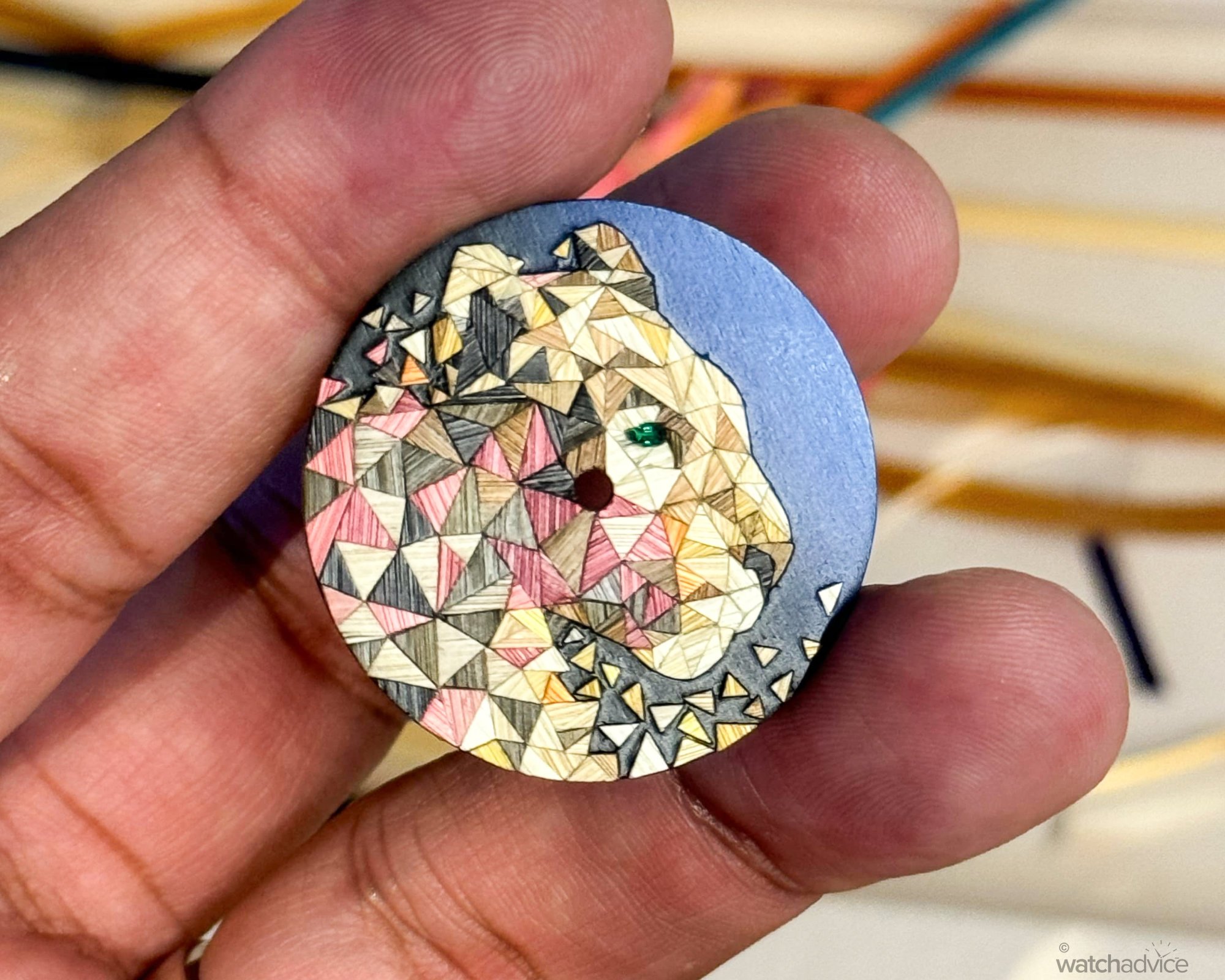
What Cartier does so well at the Maison des Metiers D’Art is the combination of many artistic techniques, which can be seen in some of their jewellery pieces. A prime example of this is the Crocodile Jewellery Watch that was released as part of Watches & Wonders 2024. This piece combines enamel, pavé-set mother-of-pearl, sapphires, diamonds and gold sculpting, to create what is effectively a piece of art for the wrist, and it tells the time! The mind-blowing fact is that this piece takes over 300 hours to create, and if you worked on it for a standard 8-hour work day without breaks, this piece would take you 37.5 days to make from start to finish, or almost 2 working months!
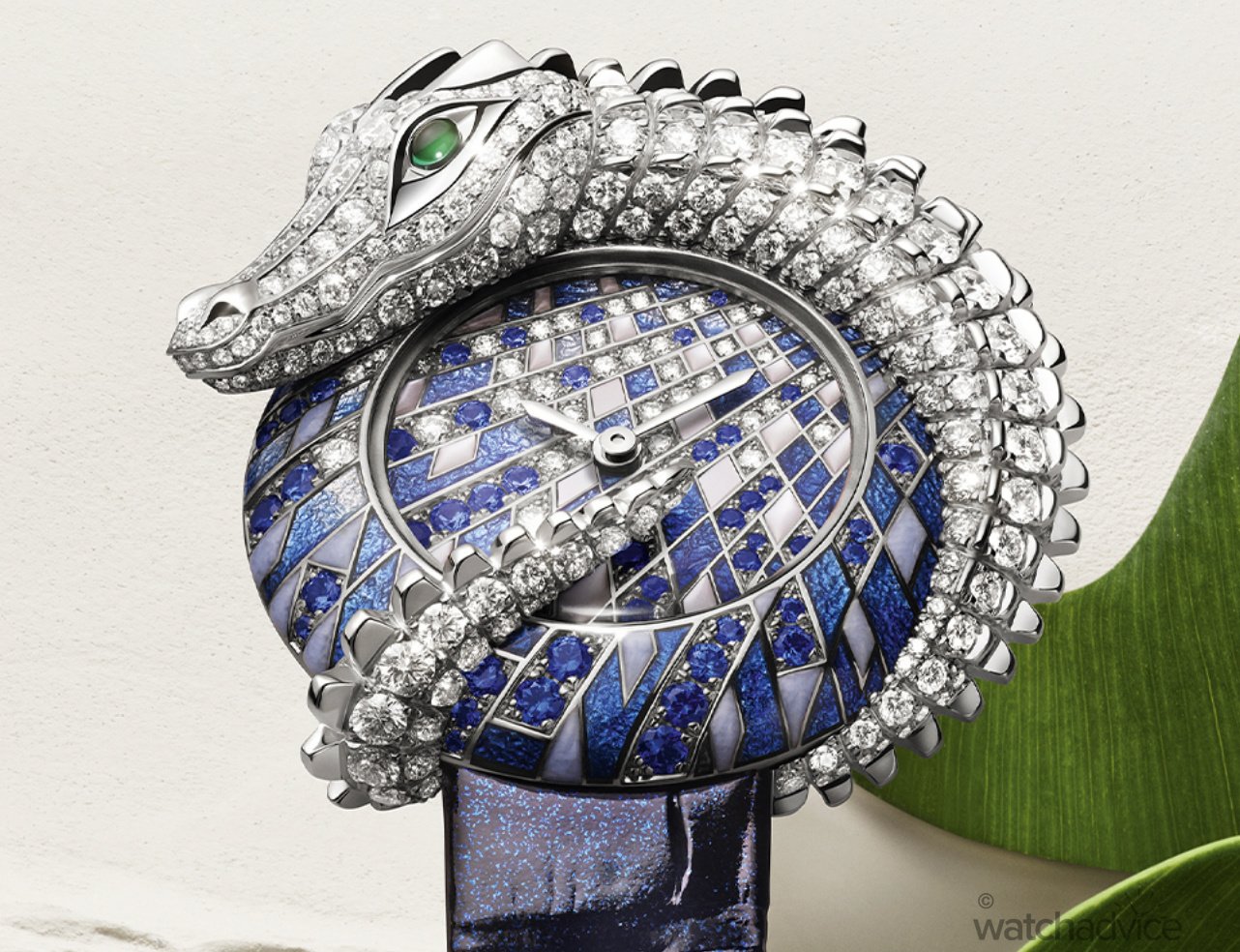
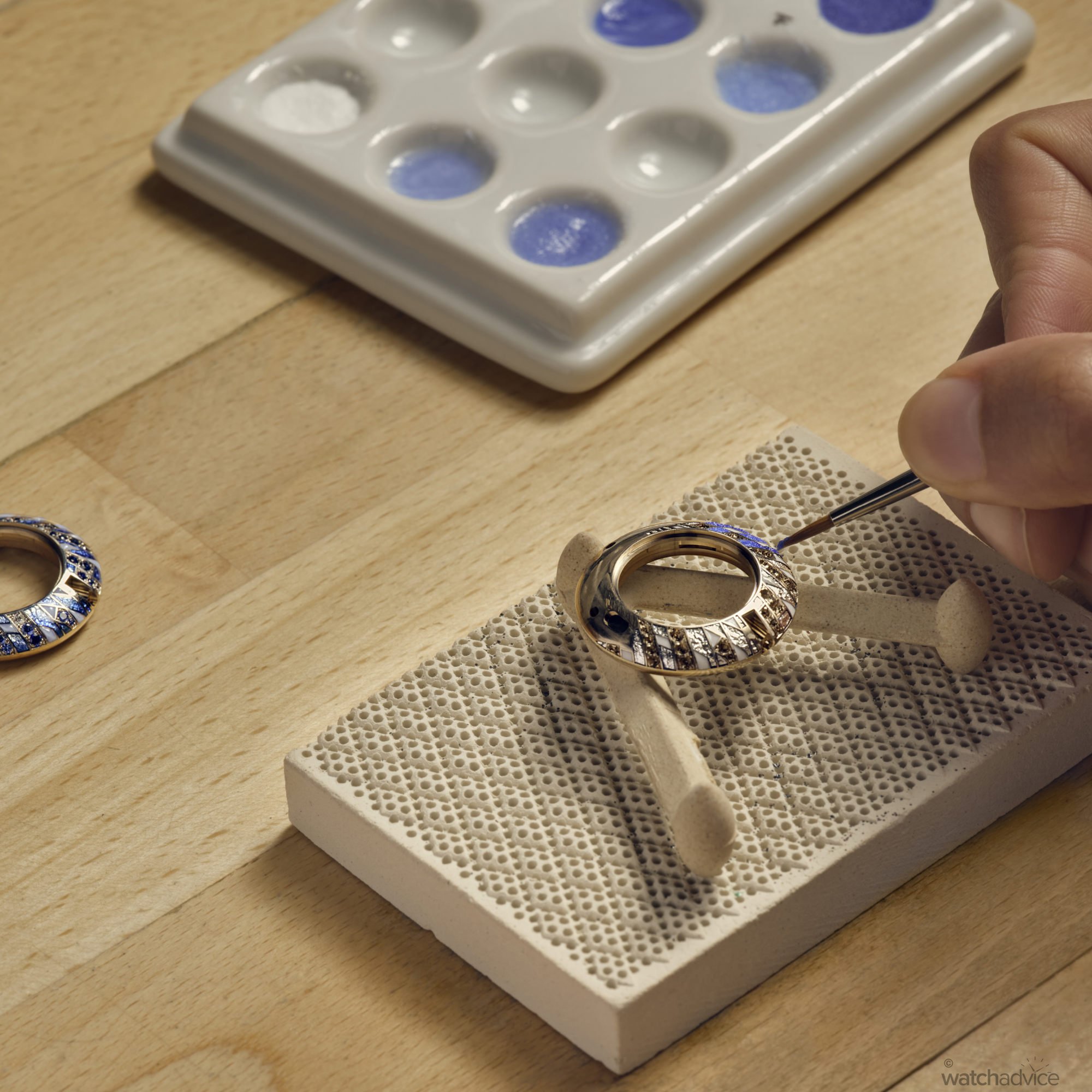
All Good Things Must Come To An End
As our time at the Maison des Metiers D’Art came to an end, we walked away with a newfound appreciation of the finer arts that go into the creation of these special pieces. Quite often you see artistic dials and cases on watches, and until you can see first-hand the amount of time, effort and skill that goes into these pieces, you don’t fully appreciate them. Added to this, many of these techniques are passed down via generations, or via master and apprentice verbally and not written down – one of the main reasons Cartier has put so much time and effort into the creation and support of the Maison des Metiers D’Art.
“The spirit of this place is unique: preserving and sharing artistic crafts that are often forgotten, or rarely practised, in a dynamic where innovation plays a huge role and fuels the Maison’s boundless creativity. We’re convinced that it’s this dialogue between tradition and modernity that will enable the artistic crafts to stand the test of time and remain more alive than ever.”
Karim Drici – MANUFACTURING DIRECTOR CARTIER
This statement rings true, especially walking around the Maison des Metiers D’Art and talking to the artisans who work there, all of who are passionate about their job, and their chosen artistic endeavour and have taken many, many years to perfect. The Maison itself also reflects this statement – a fusion of tradition and modernity in the 17th-century house blended with modern architecture to create a space for the workers in the 21st century.
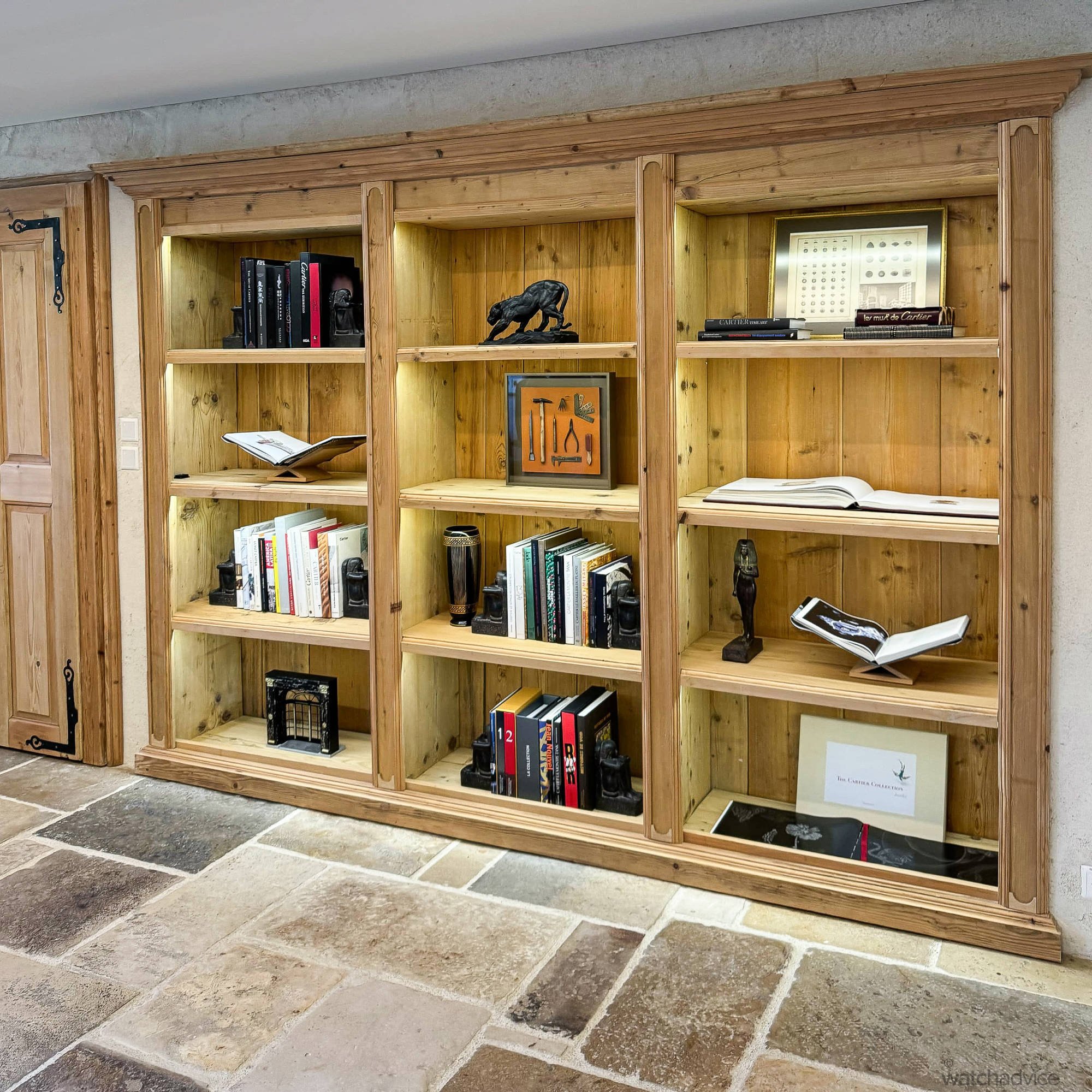
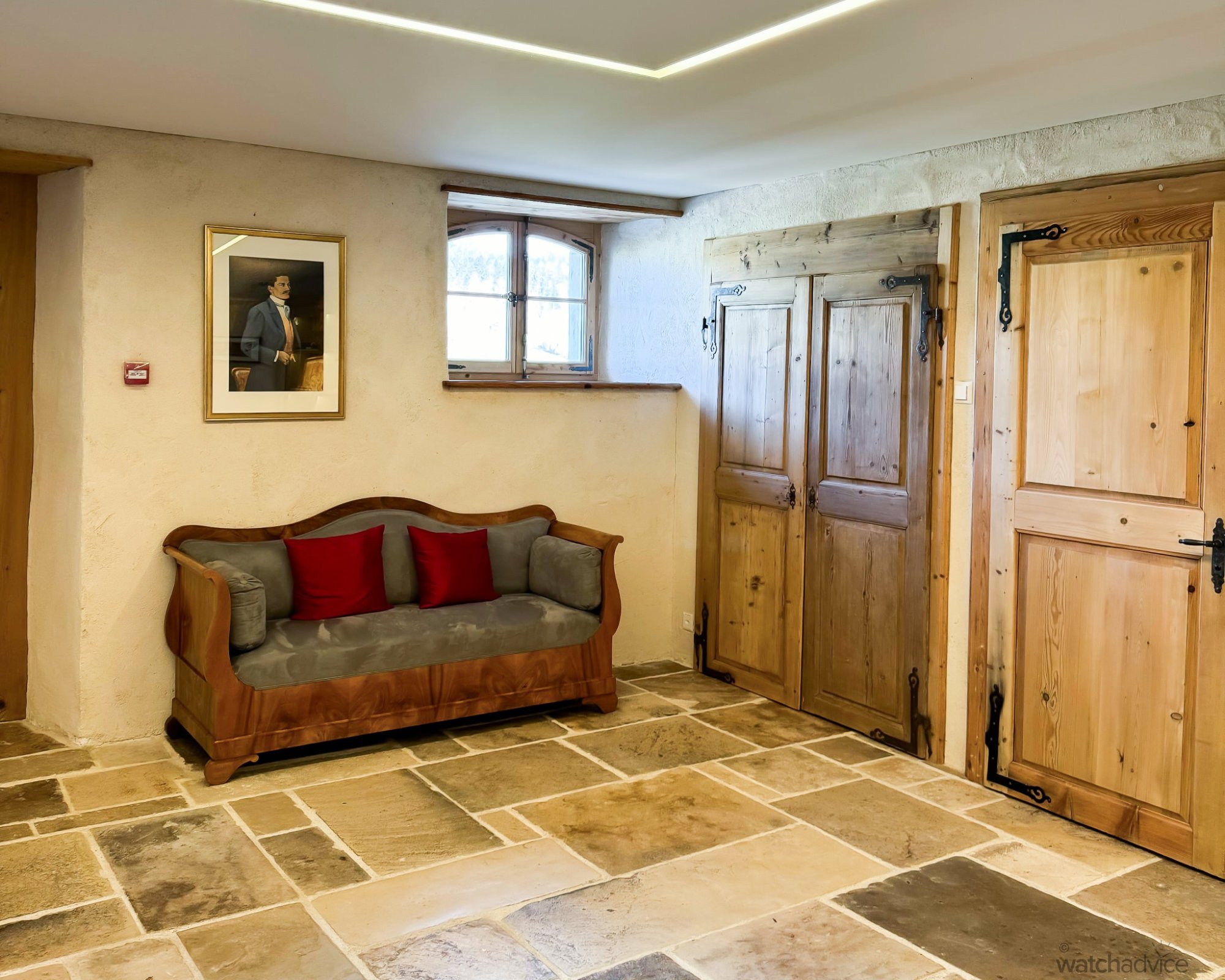
For anyone who has the chance to visit the Maison des Metiers D’Art, then this is something we would recommend and encourage. Even if high watchmaking isn’t your thing personally, seeing it in practice, learning how Cartier crafts these pieces and ensuring that traditional arts are not lost allows you to see it in a whole new light. For those who are lucky enough to own a piece that has been crafted at the Maison des Metiers D’Art, then we hope this has given you a greater insight into where it comes from!




